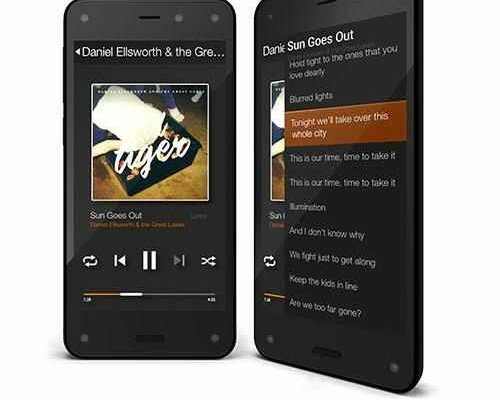Every January, thousands gather in Las Vegas for the annual Consumer Electronics Show. The crowd includes journalists and prominent tech companies such as Samsung, AT&T, and LG. CES made its Chicago debut in 1967. However, since 1978, it has been held in Las Vegas. Some of the products that made their initial appearance at CES include: the camcorder, the digital satellite system, the Plasma TV, HD radio, Ultrabooks, and Ultra HDTV. In addition to the Las Vegas Convention Center show, there are series of industry parties (with high-profile entertainment such as Macklemore) held throughout various Vegas hotels. CES usually runs four days out of the week.

Image via
This year, one of the show’s highlights are driverless cars. Two companies showcasing their versions are Audi and Navia. For almost a century, science fiction novels and movies have hyped the driverless car, and it is finally becoming a reality. The Navia version, by Induct, retails for around $250,000. Although it can carry up to eight passengers, it only runs at a maximum speed of 12.5 mph. However, it is fully electric and uses lasers, instead of a GPS, to determine any obstacles within its path. The car produces zero emissions, and it is designed for use in airports, stadiums, and university campuses.
Audi showcased two driverless cars: its A7 and its Audi Sport Quattro Laserlight concept car. Both cars come with Audi’s zFAS system which, combines a radar, video cameras, laser scanner, ultra-sonic, and navigation system data to help maneuver the vehicles.
Within the next decade, more self-driving cars are predicted to be on our roads and highways. Tesla Motors’ CEO, Elon Musk, plans to produce his own version of the driverless car in the next three years.
Self-driving cars are marketed as offering a safer ride because the car has the ability to view hindrances, allowing the driver to focus on other things such as eating or making phone calls. In addition, peer-to-peer technology will be involved, allowing cars to “talk” to one another, sharing alerts such as road blocks or weather updates. There are also the benefits of fewer car crashes and increased fuel economy. It may assist the blind, elderly, and disabled by giving them greater mobility. On the other hand, because of its ease of use, it might also create more road congestion.
While these cars can retrieve data quicker than humans, interpretation is another thing. For example, the car will still have to determine whether an object is a bicycle or an animal. Not to mention, there is the question of what happens in the event of a sensor failure or a computer hacking. Either way, self-driving vehicles are here to stay, and as a result, driving habits will be forever changed.
What are your thoughts, are you excited or nervous about driverless cars? Let us know in the comments section below!
By




Josiv Benedict
I’m going to drive me a driverless car! Wait, was that an oxymoron?